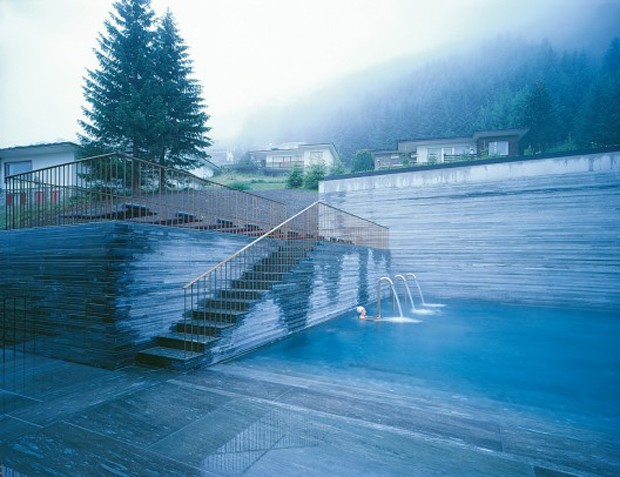Andrew Lamond, associate director at Lahz Nimmo Architects, has worked at the firm for more than 10 years.
He has worked on the $100 million Lowy Cancer Research Centre at the University of New South Wales and is involved with part time teaching at the University of Sydney, Faculty of Architecture Masters program.
Architecture & Design spoke to him about why composition and light is important in design, why small and large-scale projects have different rewards, and how working in Dublin has influenced his work.
You have an interest in the interplay between composition, light, materials, and technical detailing. Why is this important in design?
It is these qualities that often separate architecture from, say, engineering. Without consideration of these qualities it is hard to imagine a meaningful architecture.
You have worked on both large-scale and small-scale buildings. Which type of project is the most challenging?
Every project has its own challenges and requires its own specific form of management. The small projects might have had very low budgets and tight deadlines and the large projects usually involve a multitude of contributors or stakeholders with different and sometimes competing interests.
However, the larger projects tend to be more challenging because they can become a test of stamina, as much as anything else.
Which one is the most rewarding?
Different projects bring different rewards. They can be few and far between on large projects, but their impact can be felt by a much larger audience. Small projects might impact fewer people, but sometimes on a deeper level.
What has been the most rewarding thing a client has ever said to you at the end of a project?
To have something built often requires a leap of faith by the client, so it’s nice just to hear someone say “thanks for all your hard work, this is better than we imagined it would be”.
You’ve travelled overseas and worked in Dublin as an architect. How does your travel experience influence how you design?
I think any kind of travel experience can provide an insight into something new and shine a light on some of your own preconceptions. Being in Dublin provided a much more tangible sense of being a small part of something much larger. i.e. Europe. It showed that Australia still is quite remote in a global context.
Which building overseas has had the greatest impact on you?

Outdoor pool at The Therme Vals by Peter Zumthor. Image: archdaily.com
Peter Zumthor’s Thermal Baths in Vals, Switzerland has had the greatest first hand effect on me. Having spent a couple of days there, it is the one building through which I’ve experienced the most profound temporal and sensory detachment from reality, where nothing else seemed to matter. It struck me as a great example of a coming together of all the qualities mentioned above.
If you weren’t an architect, what would you be doing?
I’d be a sculptor or painter.

